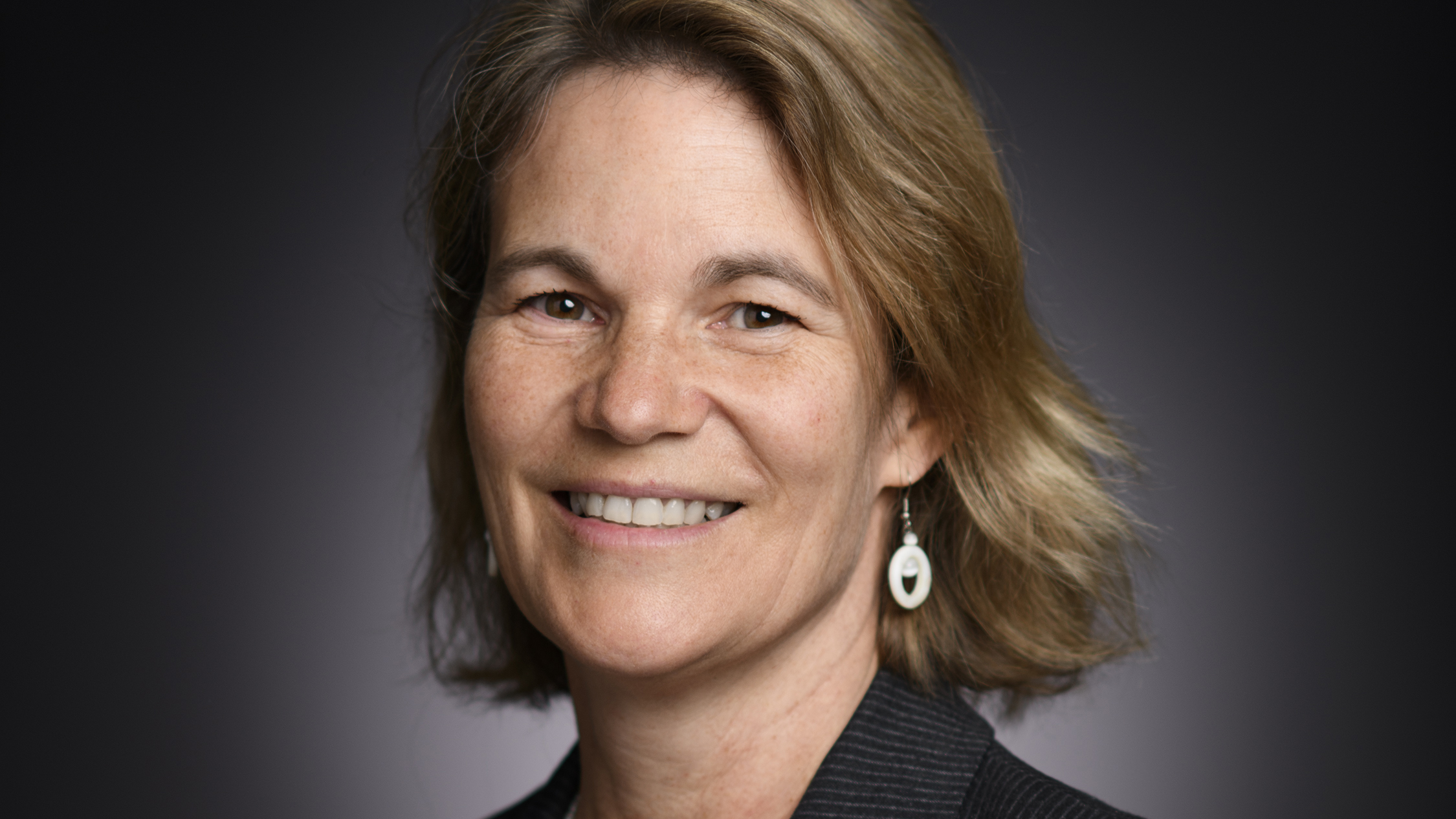Financial inclusion at a crossroads: now is the time to get it right

With increased fragility and inequality in the world, it is now more important than ever to bridge the financial inclusion gap, Sophie Sirtaine writes.
Over the past few years, our world, economies and markets have been battered by crises. Whether it is the climate crisis, the invasion of Ukraine, the ongoing food crisis, the Covid-19 pandemic or political instability and coups, these crises have collectively affected nearly everyone on our planet. However, their impact on the poor has been more acute, leaving millions in an even more vulnerable state.
In all these crises, financial inclusion provides a crucial lifeline for the poor and vulnerable. For example, a diverse portfolio of financial solutions — including government transfers, savings, remittances, credit and insurance — is critical for households and small businesses to cope with the various consequences of the pandemic and adapt to climate risks.
For the forcibly displaced, such a portfolio can help them restart a livelihood and access health education services. By empowering the most vulnerable to capture opportunities and build resilience, financial inclusion is a key enabler for reducing poverty, ensuring equitable recoveries, and building a safer and greener world.
By empowering the most vulnerable to capture opportunities and build resilience, financial inclusion is a key enabler for reducing poverty, ensuring equitable recoveries, and building a safer and greener world
However, 1.7 billion adults, including one billion women, remain unbanked. This means that roughly one-third of the world’s adult population lacks access to financial services that can dramatically improve their lives — be it through savings or financial solutions for a child’s education, loans to buy seeds and fertilisers to support agricultural livelihoods, or insurance against medical or natural disasters. With increased fragility and inequality in the world, it is now more important than ever to bridge this gap.
Digital financial services have allowed enormous progress over the past few years by enabling providers to bypass key obstacles in serving the poor profitably, from lack of risk data on poor customers to high costs of serving those in rural areas. It costs up to 90% less to offer digital accounts than accounts through bank branches. Therefore, it is not a surprise that digital accounts have grown 10-fold over the past decade to 1.35 billion registered mobile money accounts. Financial access among Kenyans in particular increased from 27% in 2006 to over 75% in 2016, due in part to M-Pesa’s mobile wallet success.
At the same time, account usage continues to lag access. The proportion of mobile accounts active on a 90-day basis in 2021 is just 38%. This is a stark reminder that opening an account is not the end-game for the poor and that more focus should be placed on designing financial services that help them generate income, access essential services and protect standards of living.
Bridging the remaining gaps, especially for women, and moving from financial access to financial inclusion — i.e. financial services that meet the needs of the poor — will require collective action and public–private partnerships. The private sector has been playing a key role over recent years in fostering very fast progress in digital financial services, but it cannot do it alone. Financial services providers, mobile money operators and fintechs need supportive innovation, data architecture, infrastructure, and legal and regulatory environments to serve the poor in responsible and profitable ways.
Governments play a leading role in building inclusive digital ecosystems. This includes building digital identities, improving digital literacy, and creating adequate connectivity and application programming interfaces that support various digital services. This also requires financial sector authorities to develop open interoperable payment systems, as well as financial sector legal and regulatory frameworks that enable digital financial services providers to operate competitively and allow innovations to flourish. It is equally important that authorities protect customers from the growing and rapidly evolving consumer data privacy and cyber security risks brought forth by digital financial services, through adequate consumer protection, market conduct, regulation and supervision.
Development finance institutions can support promising innovations and incentivise digitisation of incumbent players, including microfinance institutions, so that they too can take advantage of the progress that digital financial services offer. Finally, intentional feminist approaches by all actors are paramount to bridging the gender gap in financial inclusion and unlocking women’s economic potential.
There is a lot to do, and it is no easy task, but we are at a crossroads. We have an opportunity to leapfrog or not — the choice is ours. In recent months, I’ve heard some say that financial inclusion is no longer a pressing issue. I look at the crises around the world and how they are affecting financial markets, and the communities and households that prop up our economies, and I beg to differ. It matters now more than ever.
Sophie Sirtaine is CEO of CGAP, the Consultative Group to Assist the Poor.


